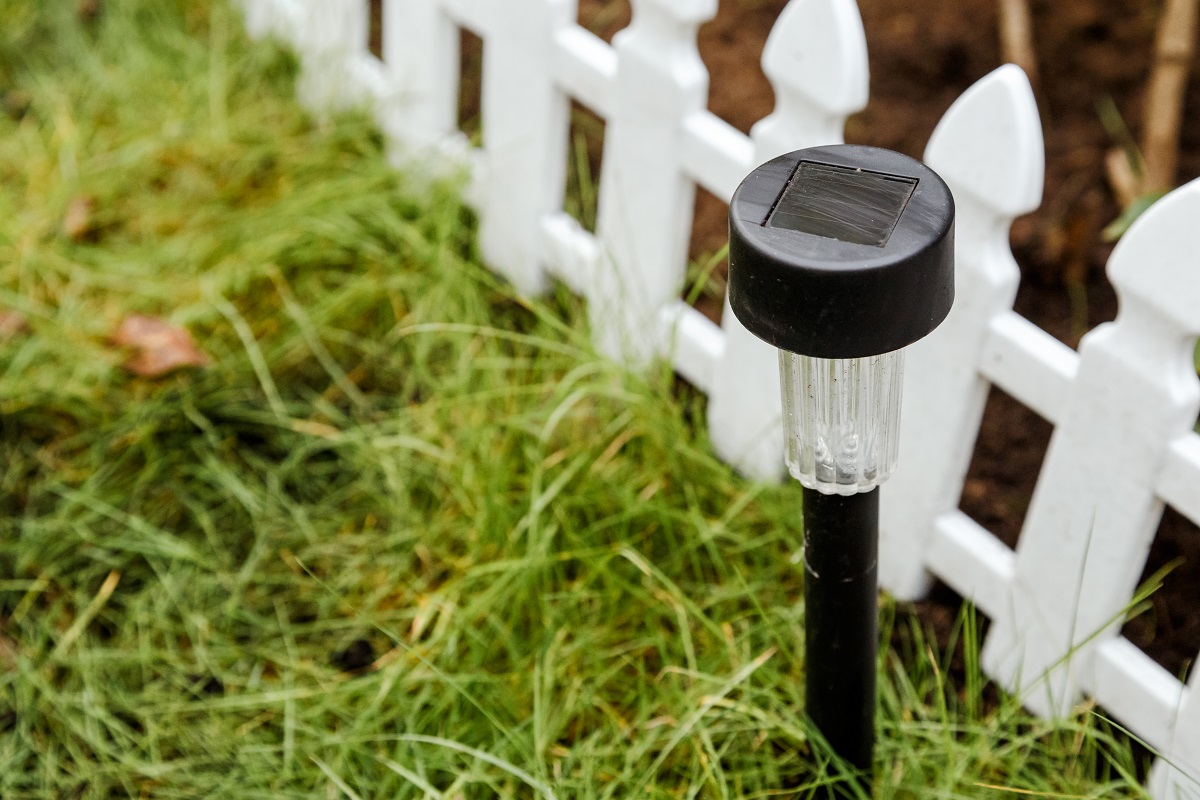Solar garden lighting: useful tips
Solar lighting is one of the most efficient breakthroughs in modern technology. It comes with numerous advantages over conventional methods of garden lighting. The new and improved system of using sunlight, brings many advantages. Solar lighting can be placed in a variety of places including the porch, garden, parking lot, etc. Solar lighting also brings many environmental benefits that we should not forget either. If you've already got solar poles for your garden, or are just now considering getting one, we've prepared some useful tips for using them. Read below.
Lamps that use solar power actually help you achieve huge flexibility in garden design. If you take good care of these fixtures, they can serve you faithfully for years.
What is the basic working principle of solar garden lighting?
These lights work by using energy from solar panels and one or more rechargeable batteries. Through the PV effect, the solar panels generate electricity from sunlight and thus charge the batteries during the day. When it gets dark, the energy stored in the batteries powers an LED light and the lamp is activated.
Panel position and tilt angle
The panels are most often located on the lamps themselves. Although geographic location and weather conditions strongly influence the power output of solar panels, you can always follow a few simple steps to optimize the performance of your lamps. To fully charge the panels, you should place the solar posts outdoors where there are 6-8 hours of direct sunlight per day. Pay attention to trees, walls or roofs that could shade the solar panels and reduce their performance during the day.
Also, the tilt angle of the panel on some garden solar lights and spotlights can be adjusted to make the most of the sun. It's best to face south and be tilted at 45 degrees.
Charge before use
You probably can't wait to mount and try out your garden lights as soon as you've received them. However, it's a good idea not to use them immediately, but to leave them in the sun for about 5-10 charge cycles. This means letting them charge during the day and discharging the battery at night. This way you will be able to develop the full capacity of the battery. You will then find that solar garden lights can last 8 hours in the dark, almost from dusk to dawn.
Avoid street lighting
Most solar garden lights are turned on and off automatically by a light sensor that detects ambient light levels. At night, when light levels are below a set value in the sensor's memory, the light is activated. Similarly, the lamp will automatically turn off at dawn when it detects more light. For this to work, the sensor must be placed correctly. When choosing a location for your solar light, make sure the unit is not placed near nighttime light sources, such as street lights.

If poorly placed near a light source, the sunlight sensor will react to both ambient light as well as the artificial light source. Thus, powerful street light, compared to light from the sun, will reduce the sensitivity of the sunlight sensor and may even eliminate the possibility of automatic activation.
How to clean solar panels?
It is important to clean dust and dirt from the panel regularly, otherwise, it will not charge fully. If this happens regularly, the battery will depreciate quickly. To maintain high performance, be sure to clean the panel regularly with a dry cloth and warm soapy water. You should also remove snow when it covers the solar posts.
